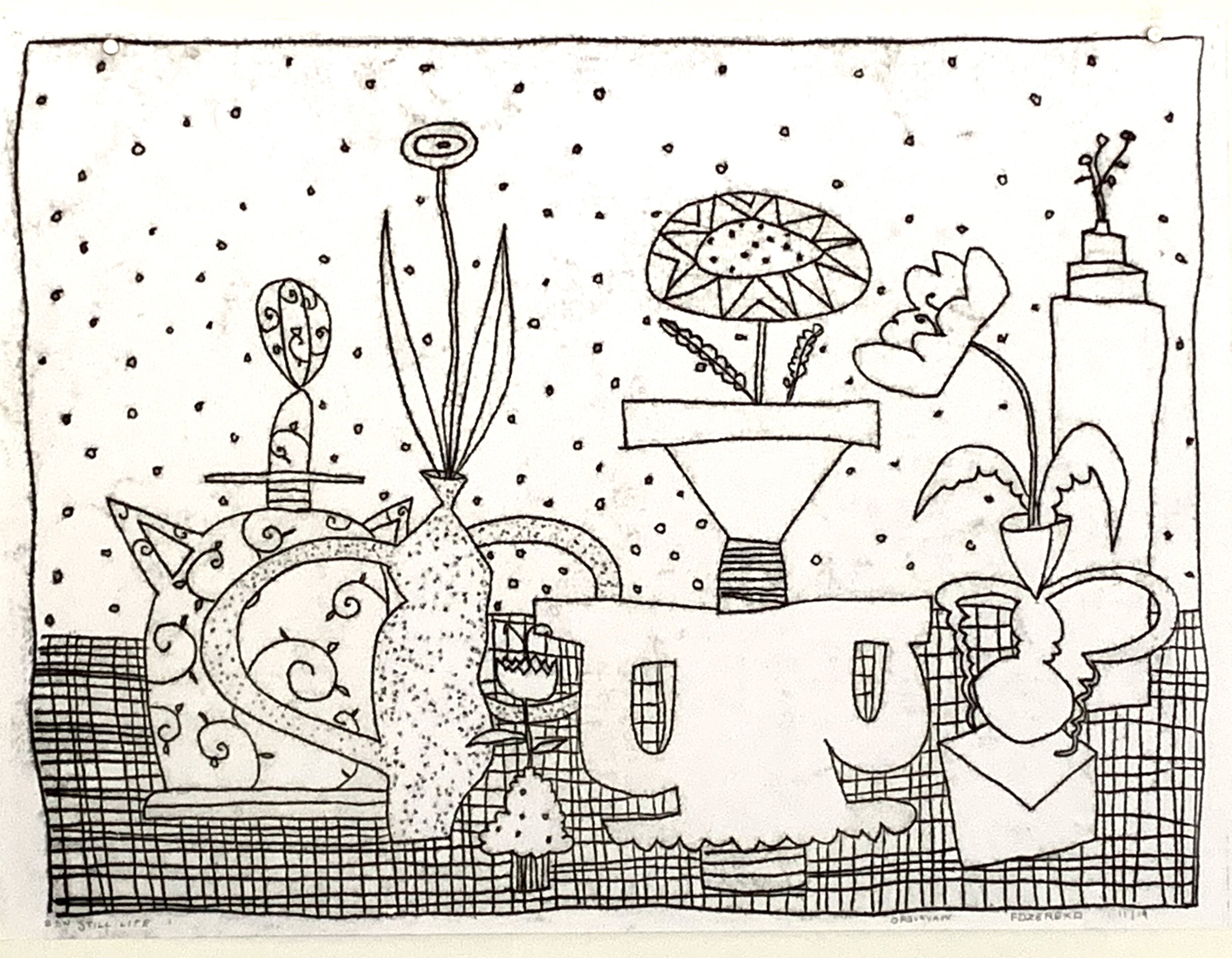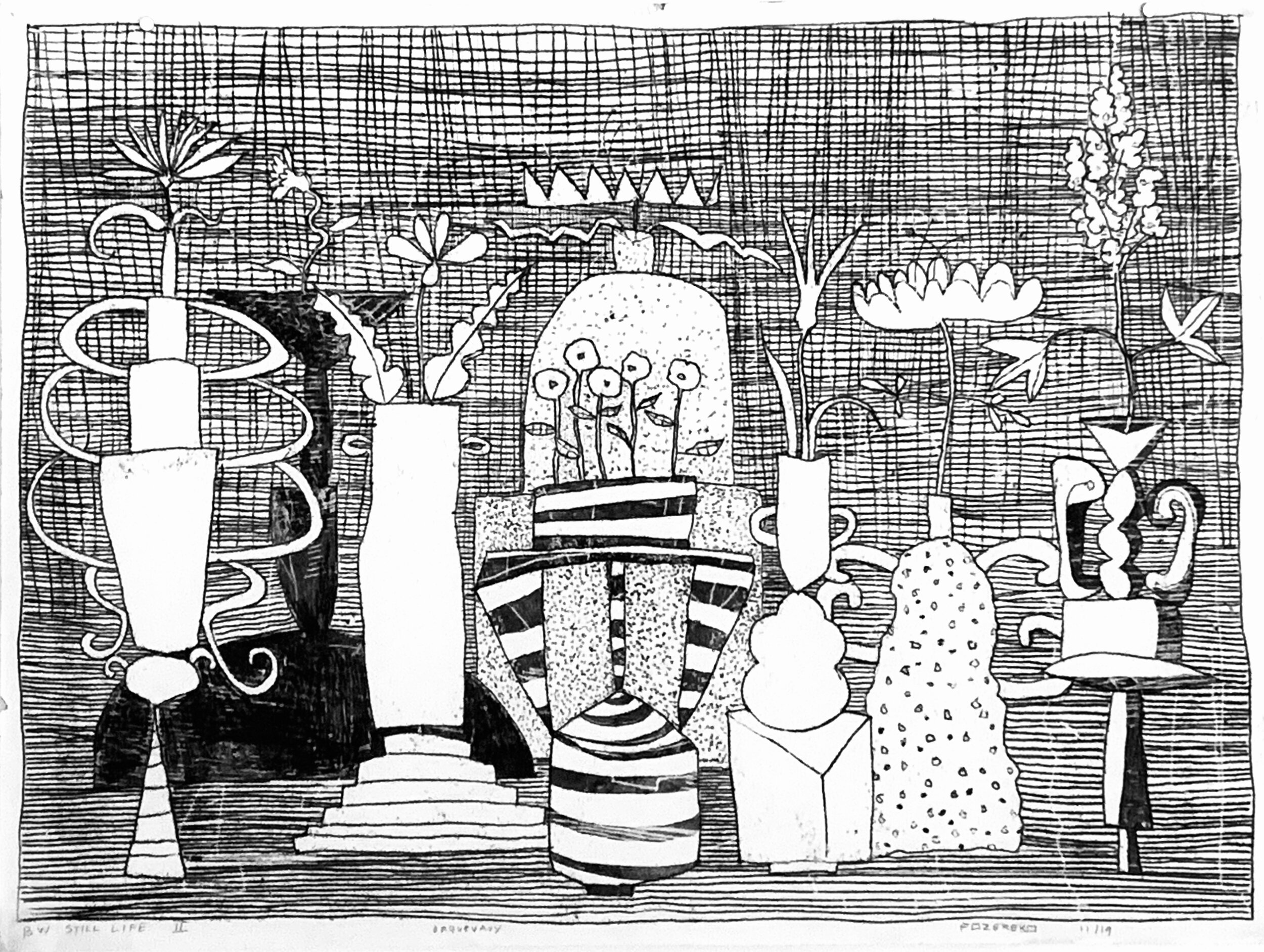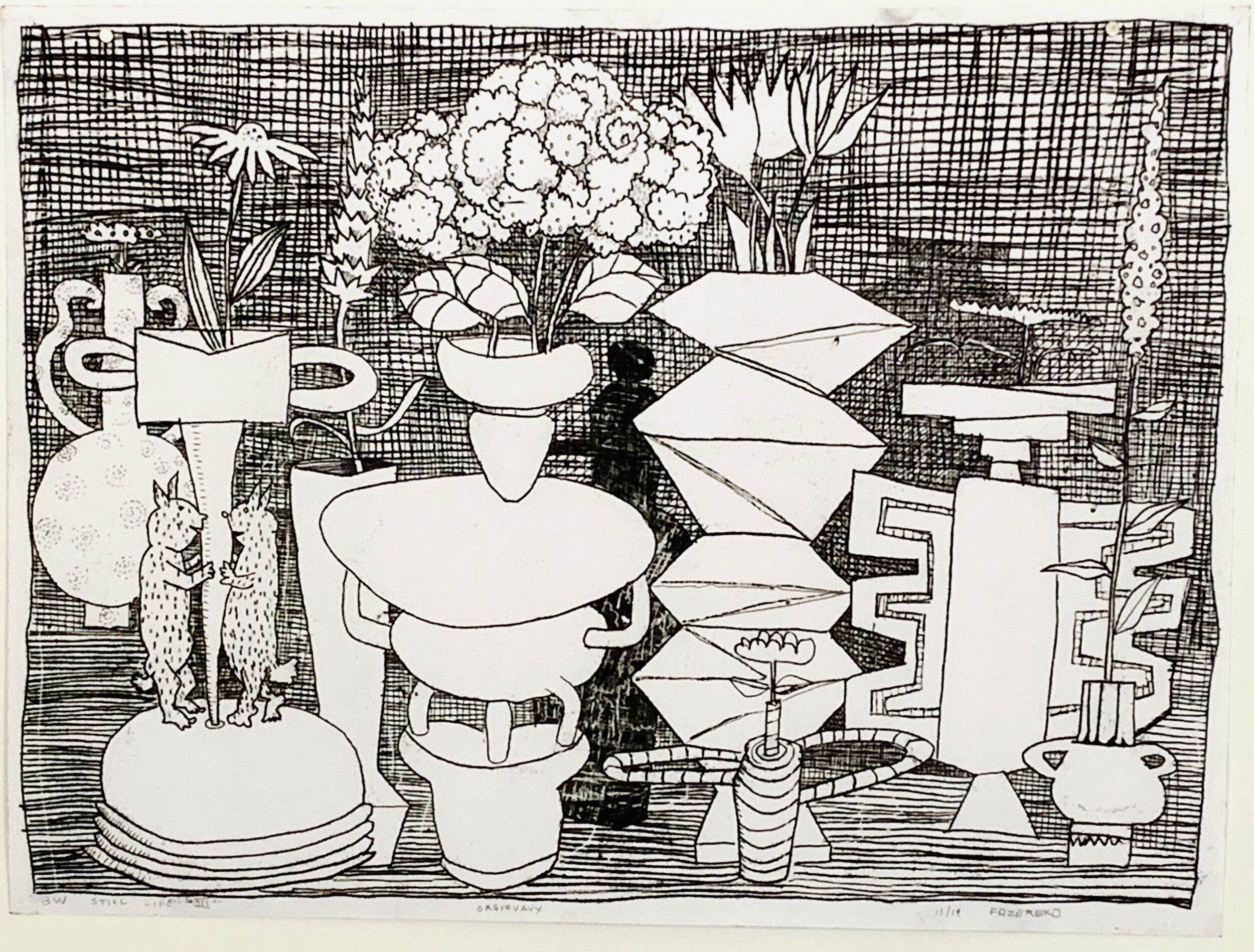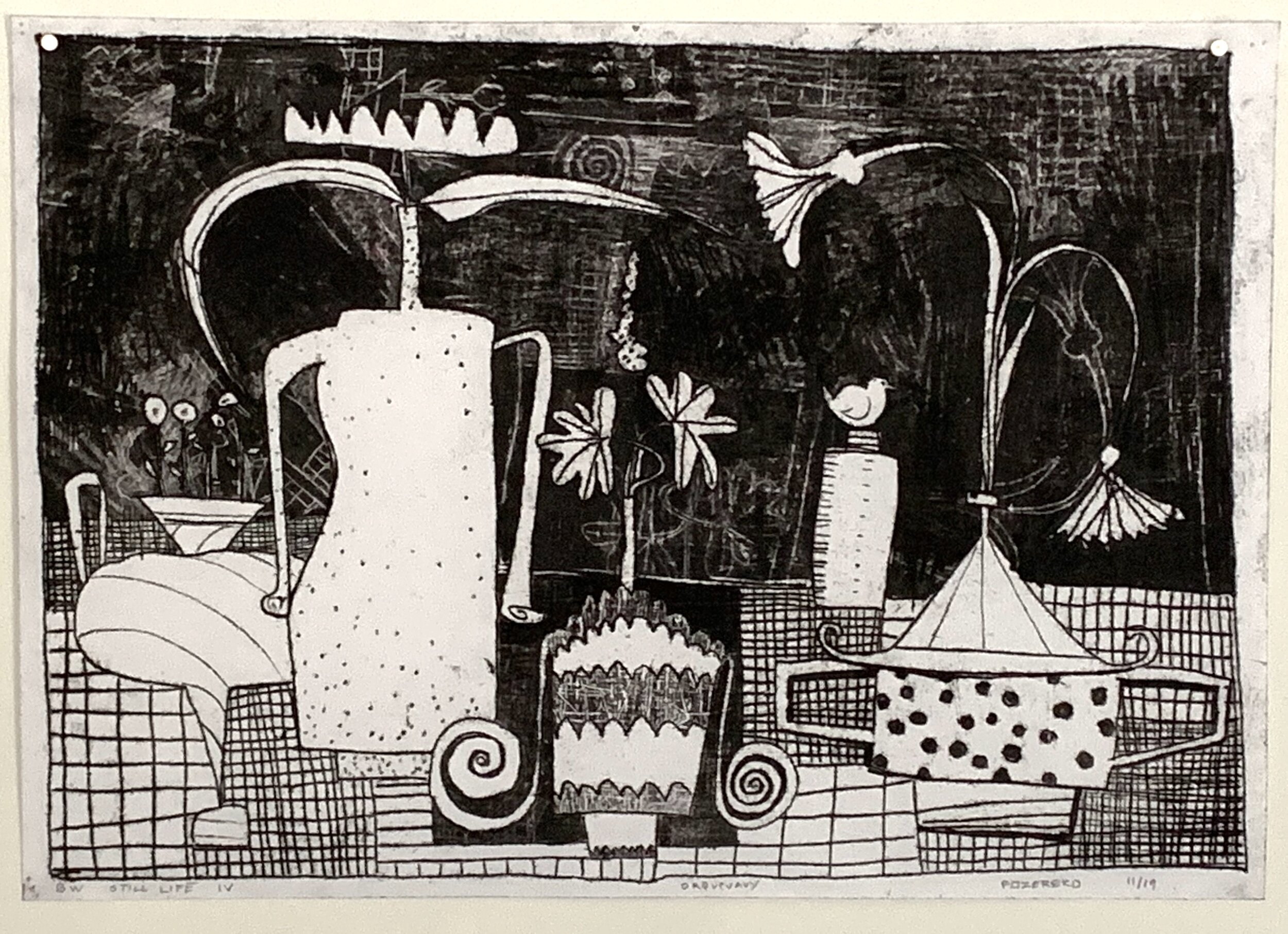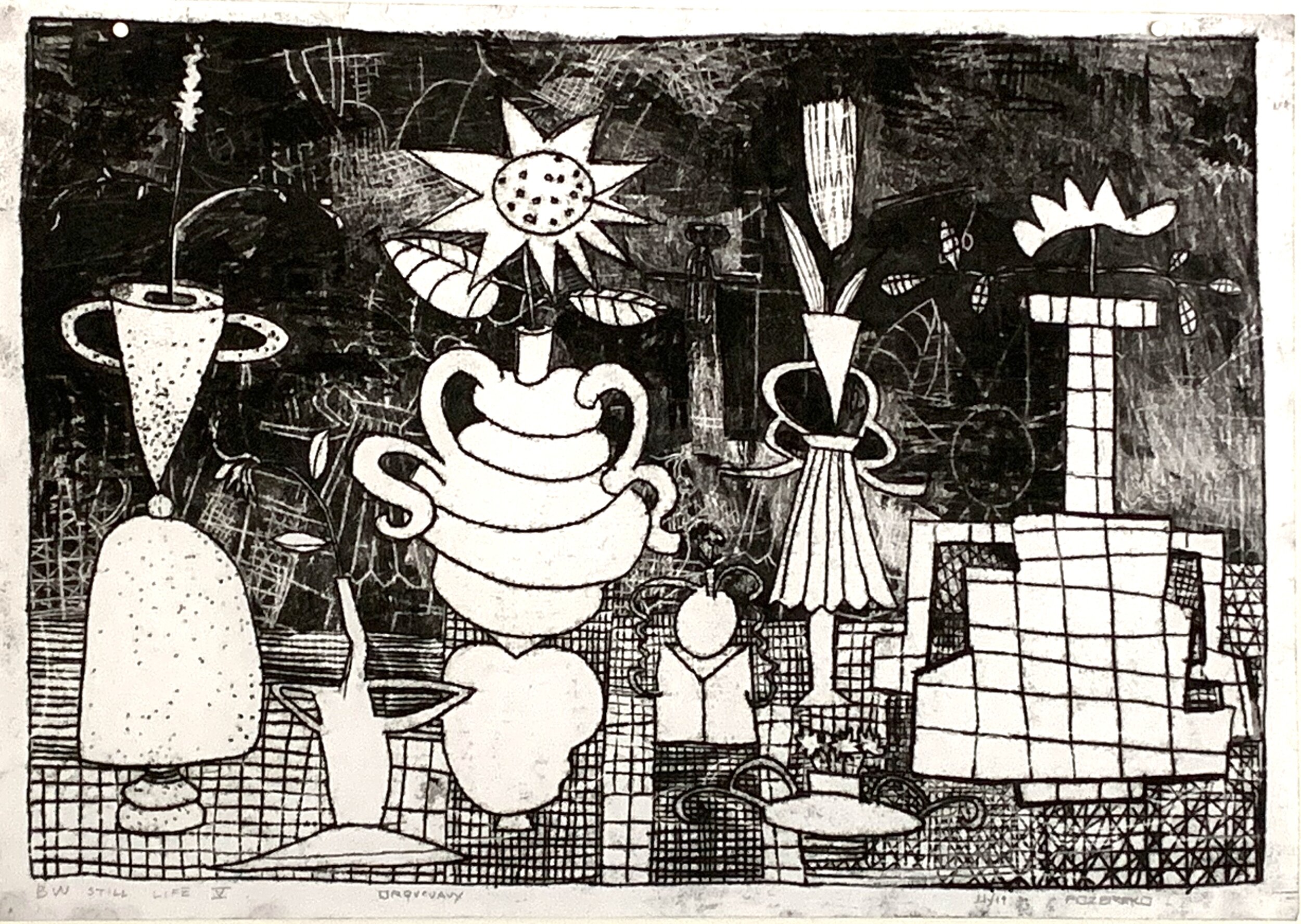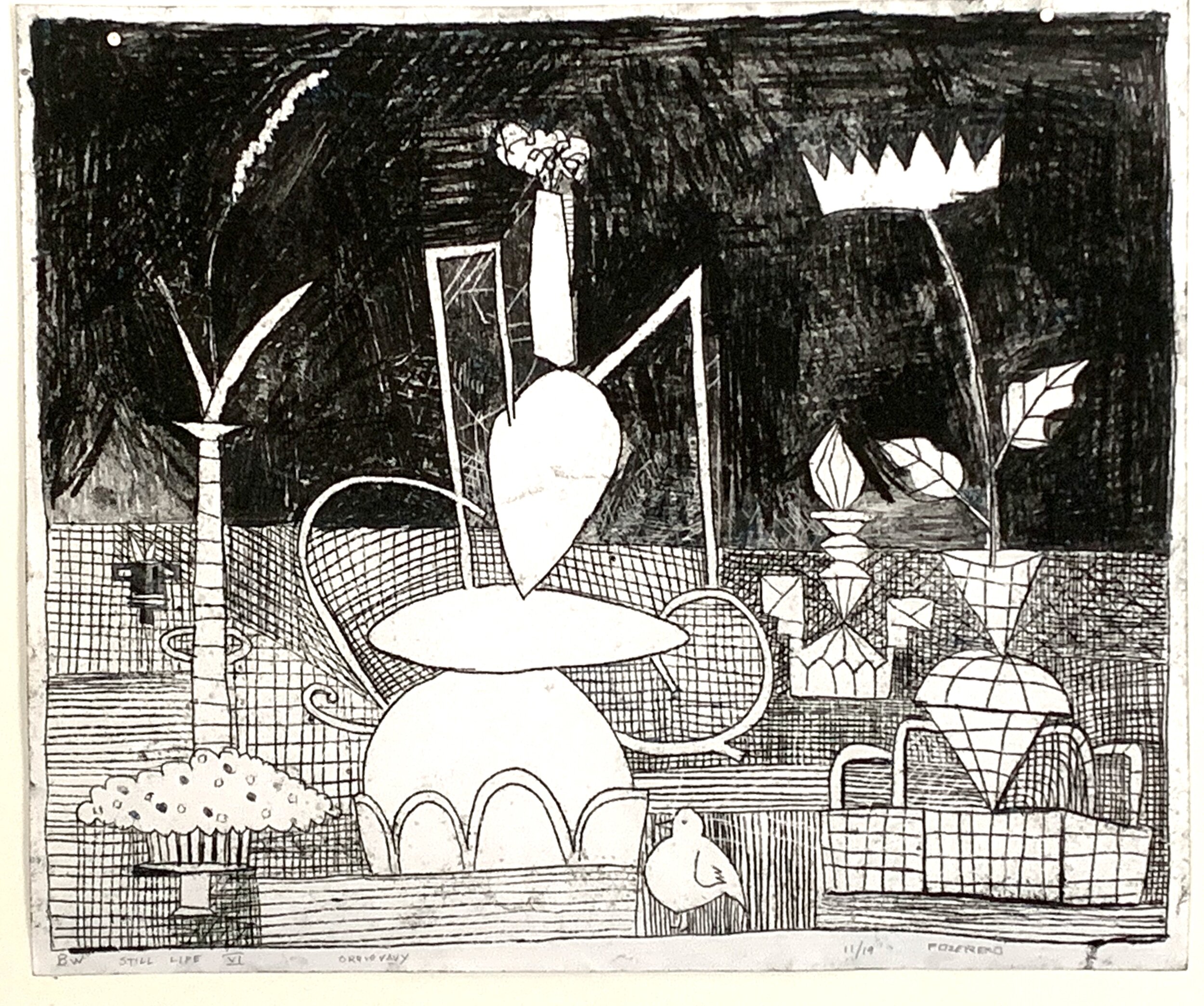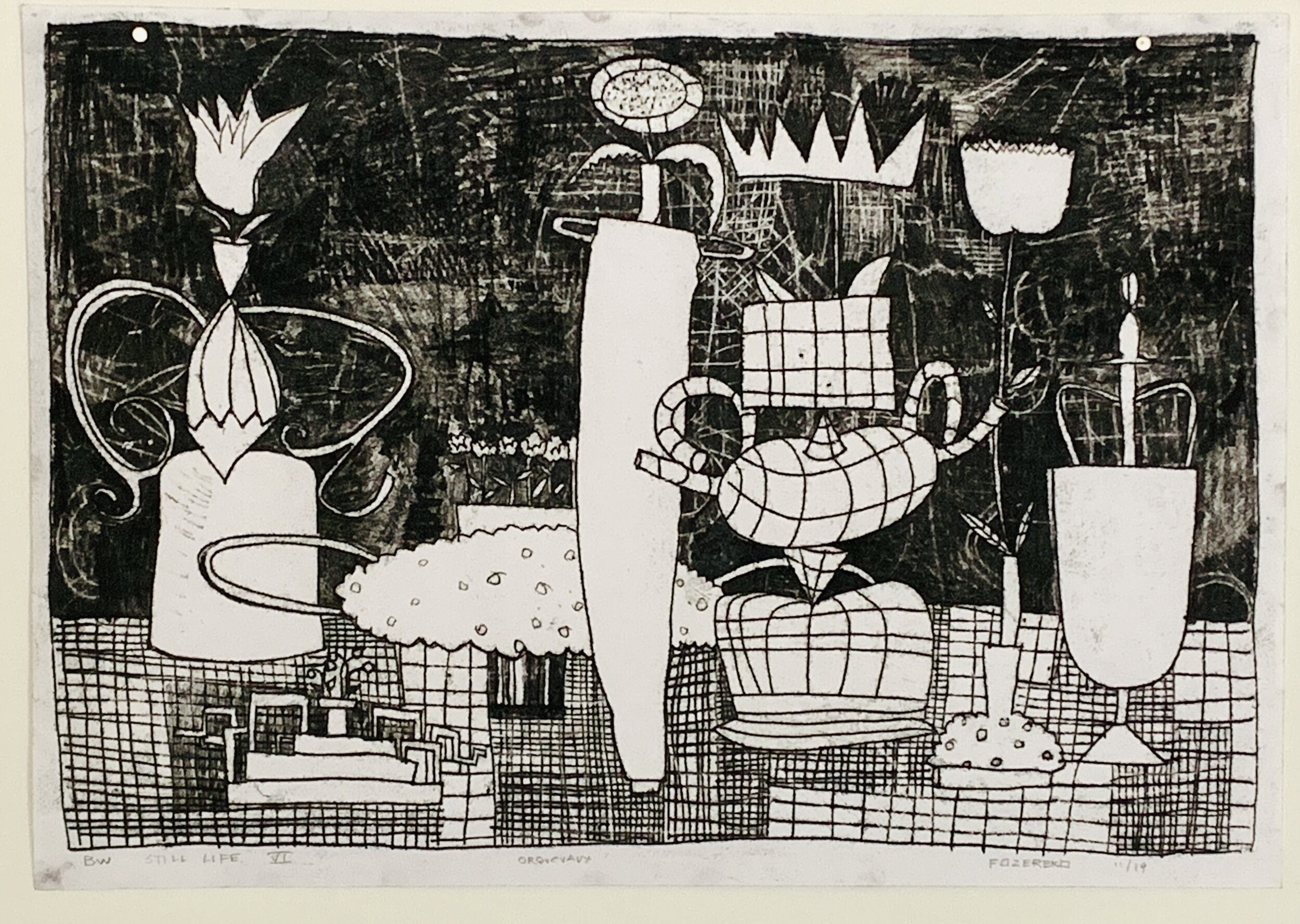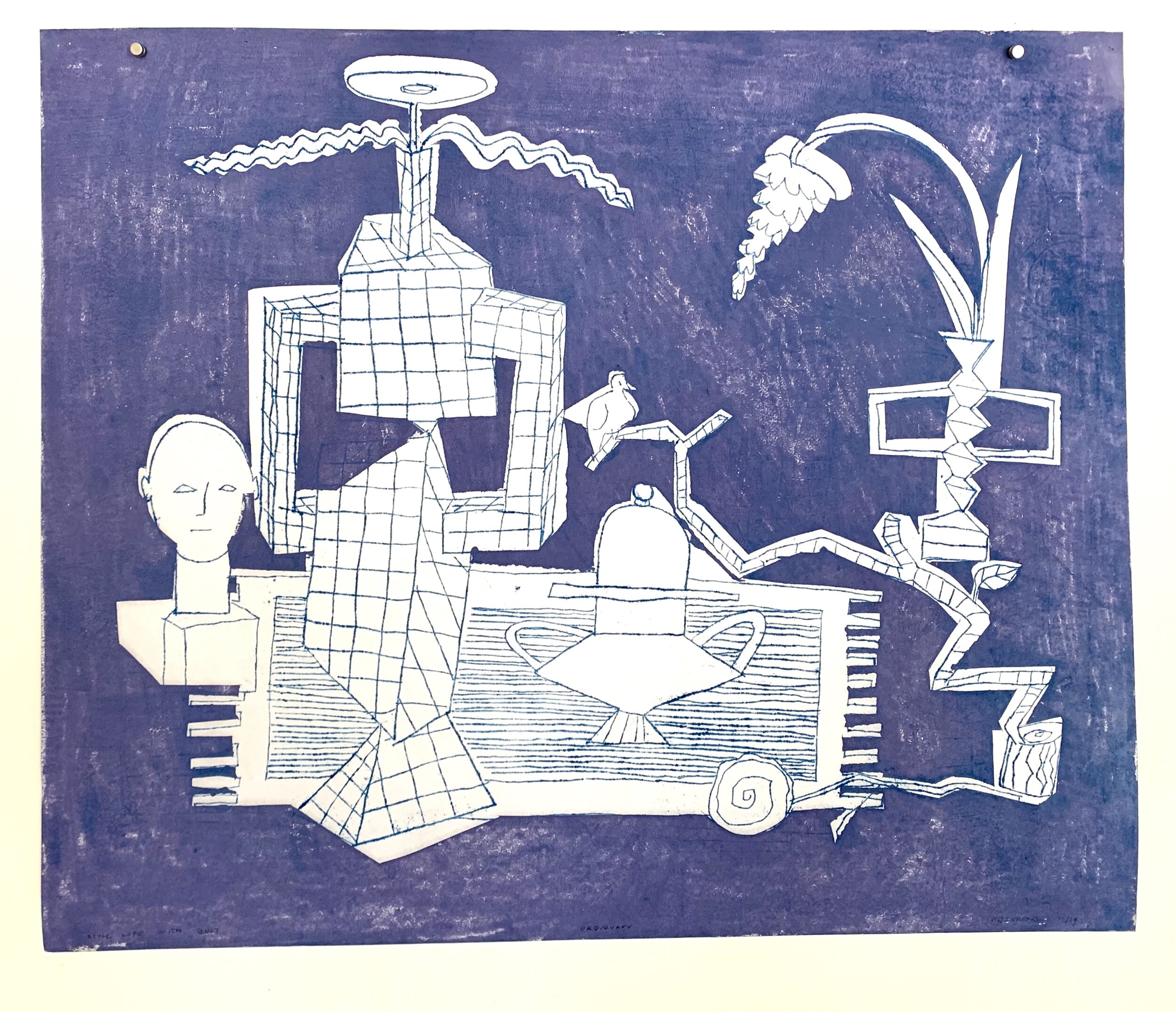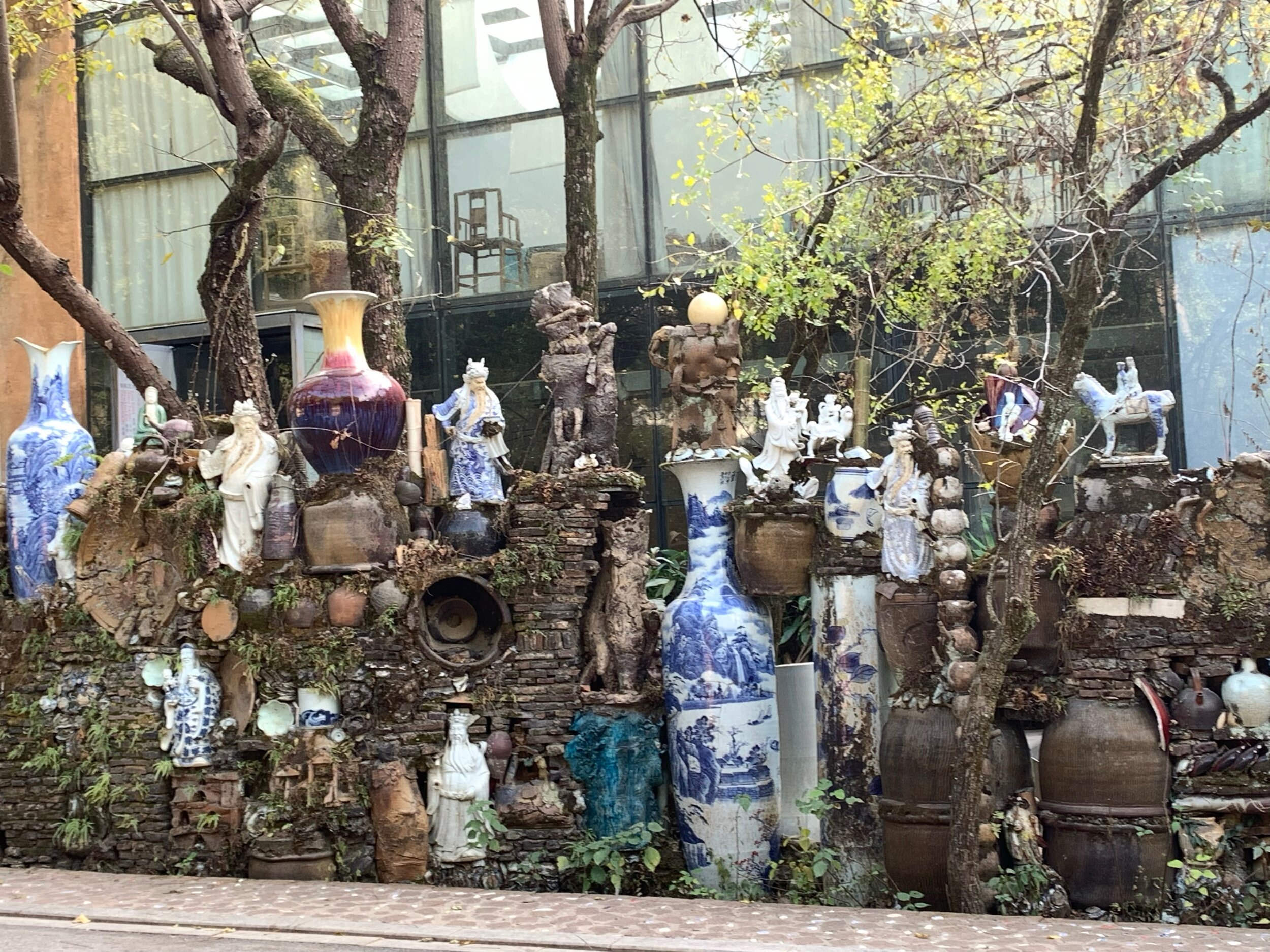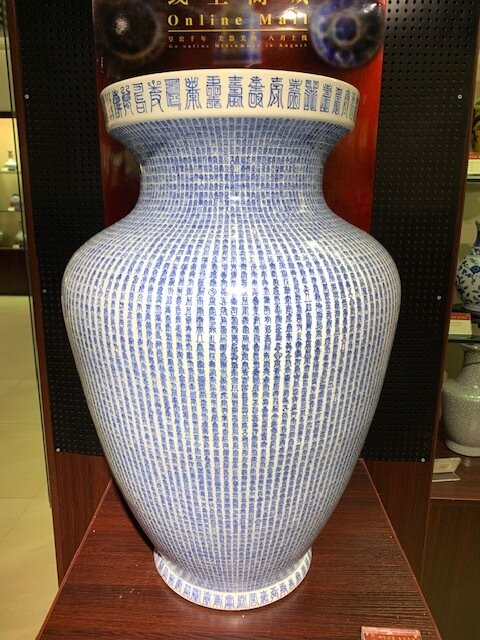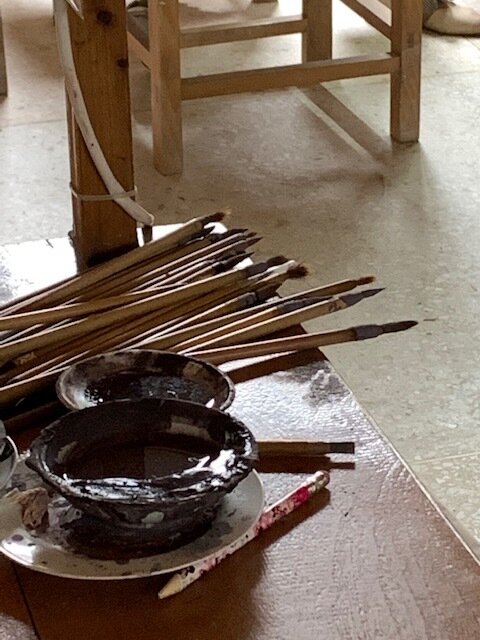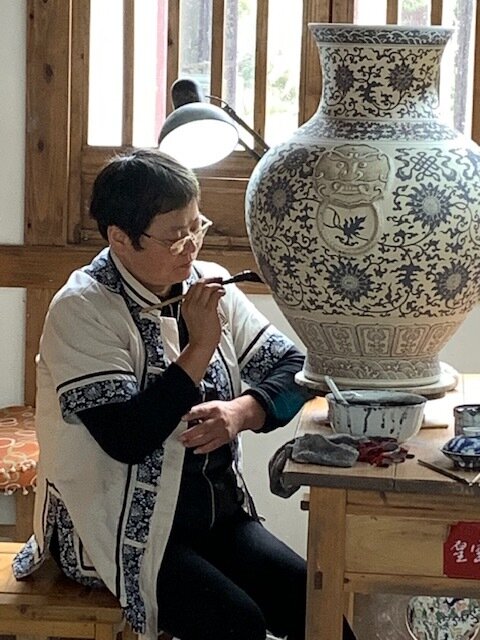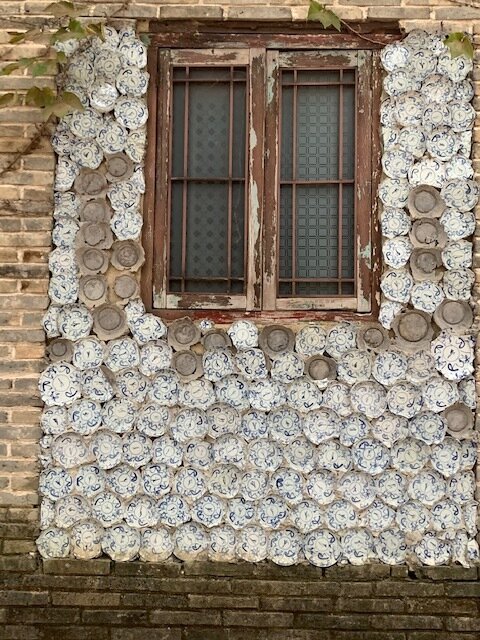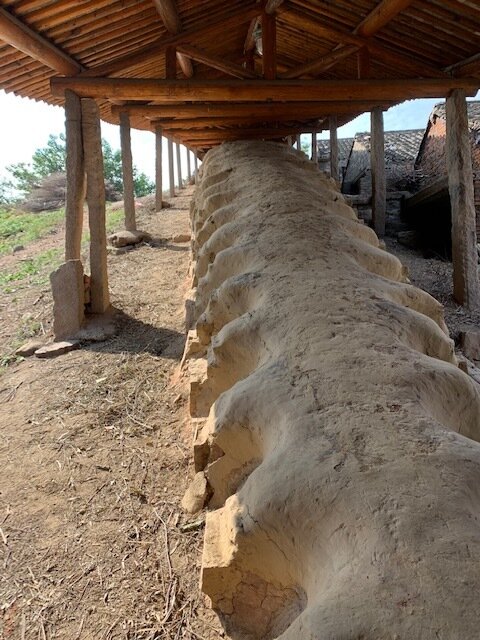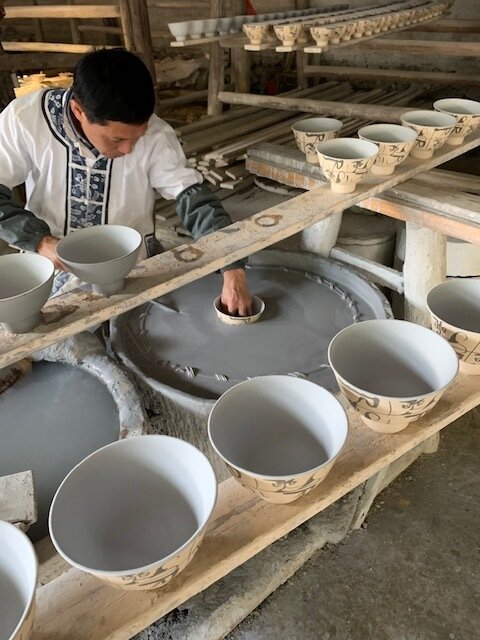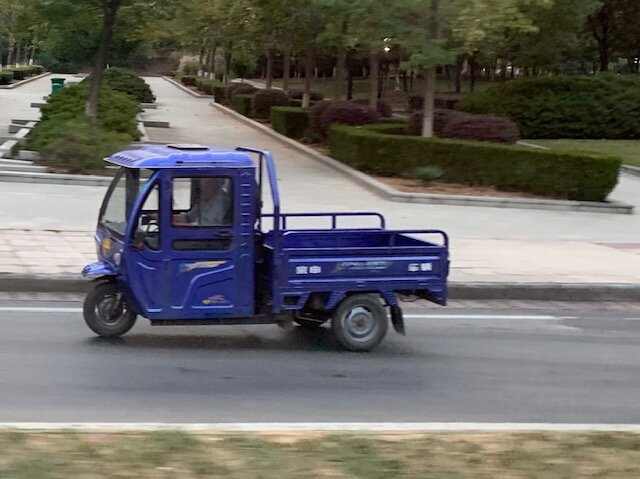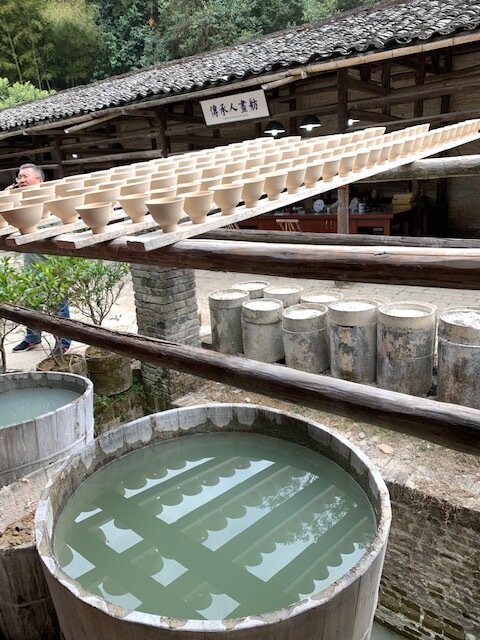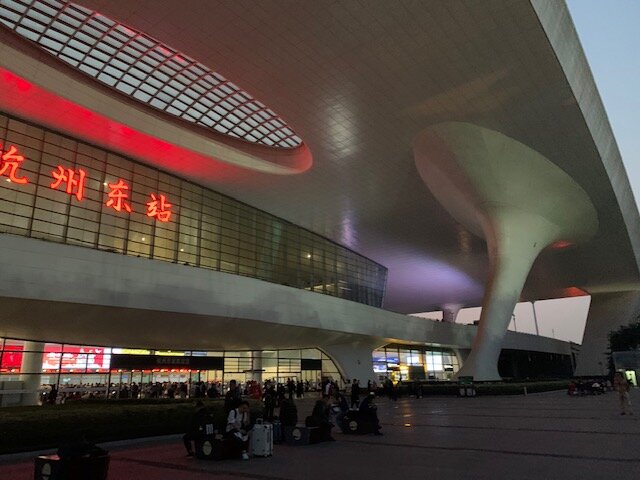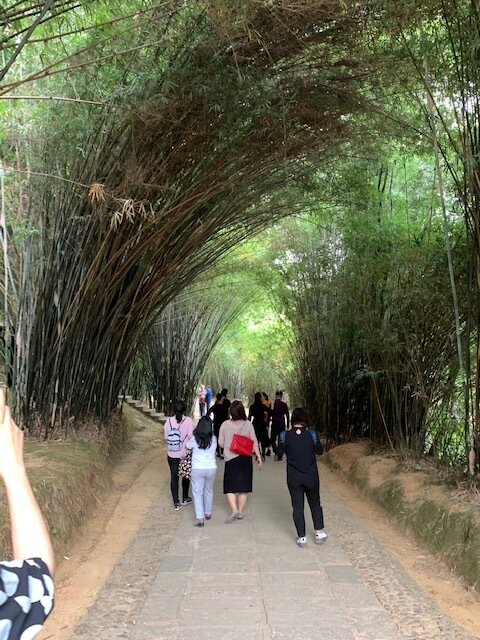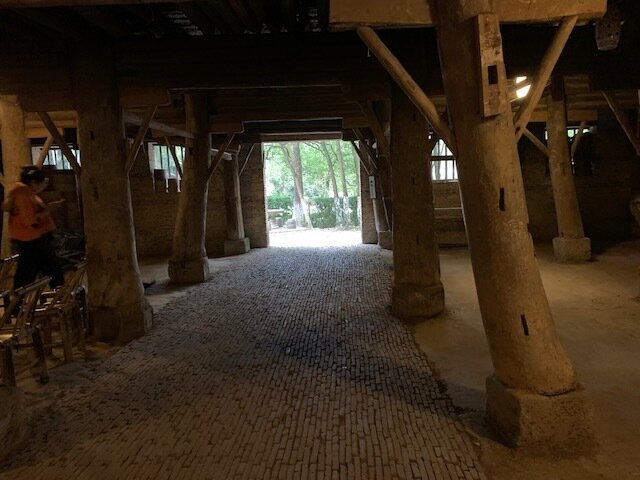It has been some time since we entered any information about our activities. Despite the blankness of entries on our blog, we have been very productive and busy. My last entry was written just as we were about to leave for our residency after our China adventure.
The next blog entries will try to summarize our art making, and travel experiences at the Chateau Orquevaux in France for the month of November. There is a lot to cover.
It is difficult to report on older events while simultaneously trying to catch up with all of the obligations we have avoided or missed while gone as well as to get ready for all types of coming events. But this is an attempt.
First of all, The Chateau Orquevaux:
The Chateau Orquevaux is located in the village of Orquevaux northeast /east of Paris. We took a two and a half hour train from Paris to Chaumont and were picked up at the station to begin our residency. Orquevaux is a very charming village located in a very beautiful but isolated part of France. There are other similar villages surrounding Orquevaux, but none of them has such a beautiful unity about it - its architecture, structure, surroundings are all of one piece, intact. There are no glaring modern intrusions in the village. The most significant item in the village is the Chateau.
The Chateau was rebuilt at the beginning of the twentieth century after an older chateau was destroyed. It has significant acreage, a stables, a couple of gatehouses and outbuildings for chickens, goats etc. The Chateau itself is situated on a hill overlooking the village and a pond. At this time of the year it is very wet in this part of France and the streams and waterfalls, of which there are many, are filled to capacity. The sound of running water was always present in some form throughout our entire visit.
The residency at the Chateau is relatively new. Residents live and work in the chateau as well as in some beautiful buildings in town and the Gatehouse The Stables are used for storage and for studios. The director and owner of the Chateau, Ziggy Attias has very ambitious plans to make this residency a success and to restore the Chateau to its former glory at the same time. The atmosphere is busy, friendly, focused but also laid back. generous and open. A resident can work as much as one likes in h/her studio but the atmosphere of the chateau from its staff (wonderful cooks, cleaners and interns) to the activities, makes one feel that h/she is part of an adventure other than making art.
A month went by very quickly. We made side trips to Chaumont (the closest city where one could purchase essentials) and one major trip to Troyes, a city that has preserved a significant portion of its 15th century buildings, to include a number of churches and a major cathedral, intact. It wasn’t difficult to imagine what medieval life was like when one walks these ancient street and alleys.
The residency was productive, instructive and successful. We also had a small stay in Paris on our way in and out of France. We were very lucky to have no bad travel experiences to relate. Everything , aside from jet lag, was a success.




















